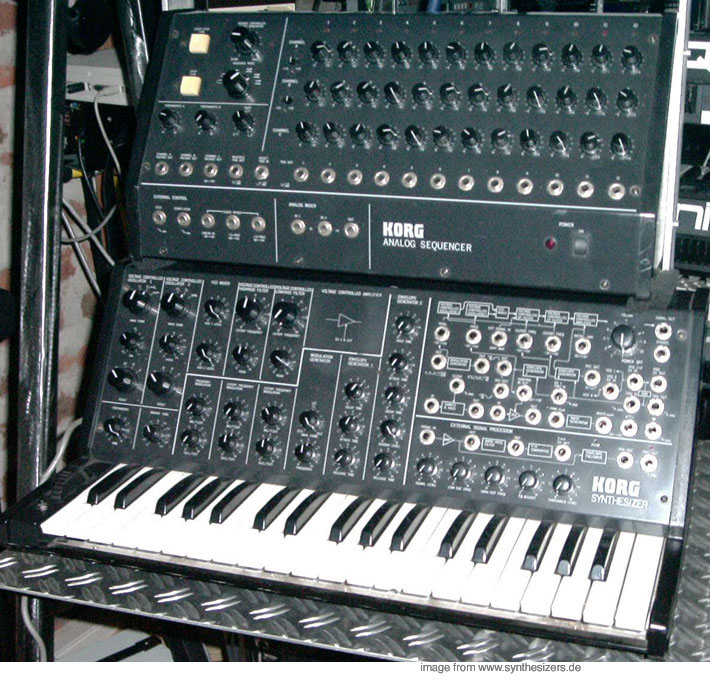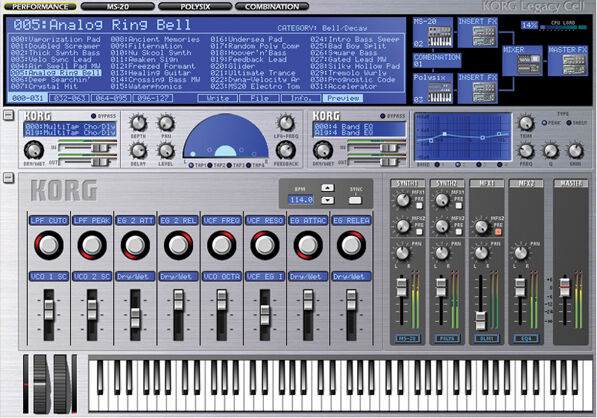

This includes the two modulation generators, arpeggiator and key assign mode, which allow you to creatively control the way that the four VCOs are used. Nearly everything that you need to program the iMono/Poly's synthesis framework fits neatly into this main panel. The main screen has the same array of knobs that control the four VCOs, the VCF and the two envelope generators. It comprises nearly all of the controls, and with a little shuffling here and there, it fits into the limited screen real estate afforded by the iPad and iPhone. Users of Korg's acclaimed Gadget production software will however be excited to note that Korg built iMono/Poly with interoperability in the form of a gadget named Montpellier.Īnyone who has seen or used a hardware Mono/Poly will be immediately comfortable with the UI Korg developed for the iOS version. This means you can only use one instance of iMono/Poly at a time on a given device, a limitation that will likely prevent it from becoming a go-to mobile synth for many producers. Unlike many of its contemporaries, however, it doesn't support AUv3. It supports both Inter-App Audio and Audiobus 3, which allows you to route audio and MIDI back and forth-an essential feature for musical instrument apps these days. When it comes to connectivity with other iOS apps, the iMono/Poly has the edge.

This may be a bit of a let down for folks still using an iPad 4 in the studio but this type of restriction is only going to become more common as time goes by. Being a universal device, iMono/Poly can also run on the iPhone, with the iPhone 5s being the minimum level supported. The iMono/Poly can only run on iPad Air or later, perhaps in order to adhere to Apple's 64-bit standard. One important difference is the devices they support.

Fast forward a decade, and the two are facing off once again as iOS apps. The rivalry continued into the 21st century when they found new life as VST plug-ins in Korg's Legacy Collection. Korg's original hardware versions of the Mono/Poly and PolySix have been fodder for comparison since 1981.


 0 kommentar(er)
0 kommentar(er)
